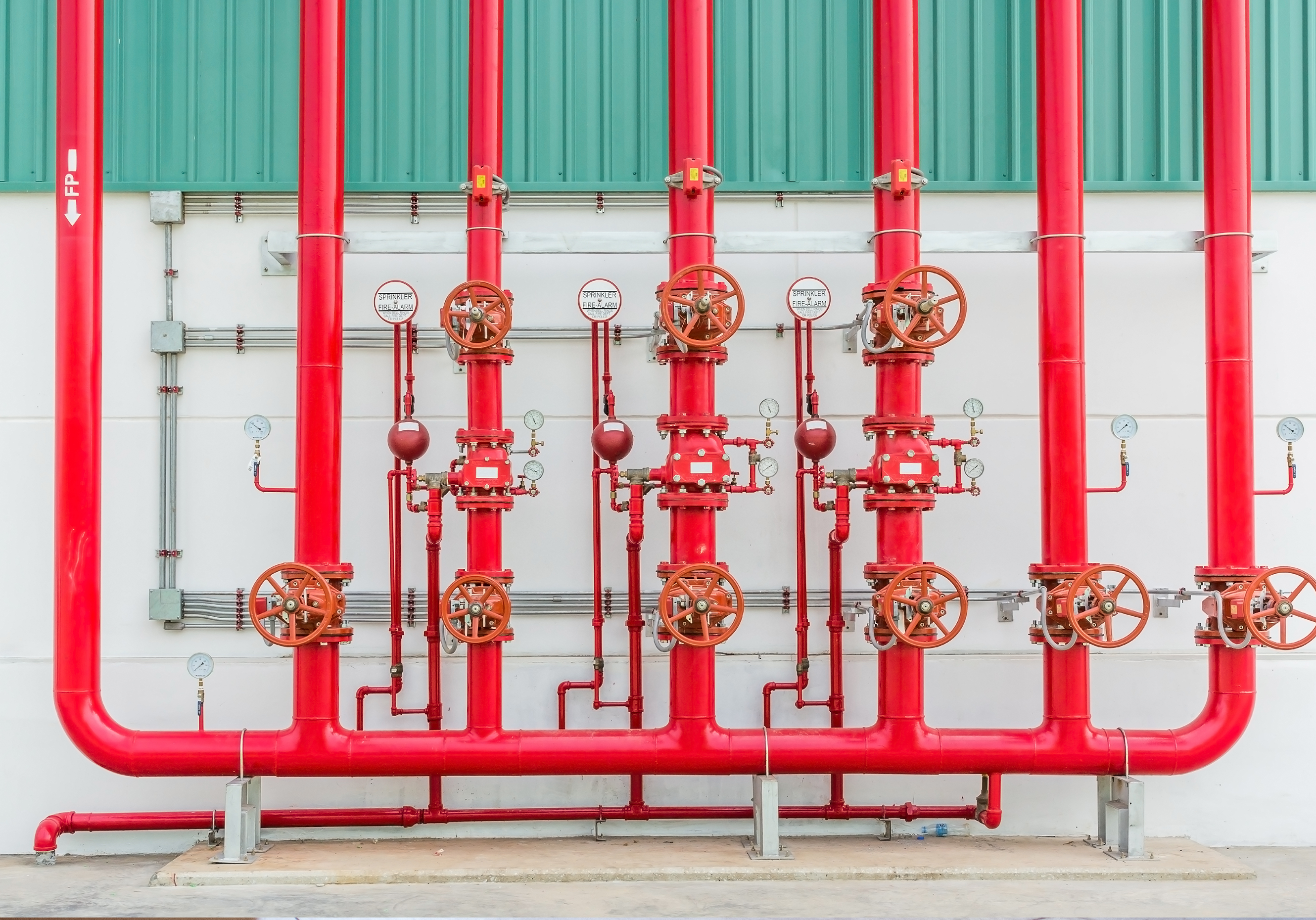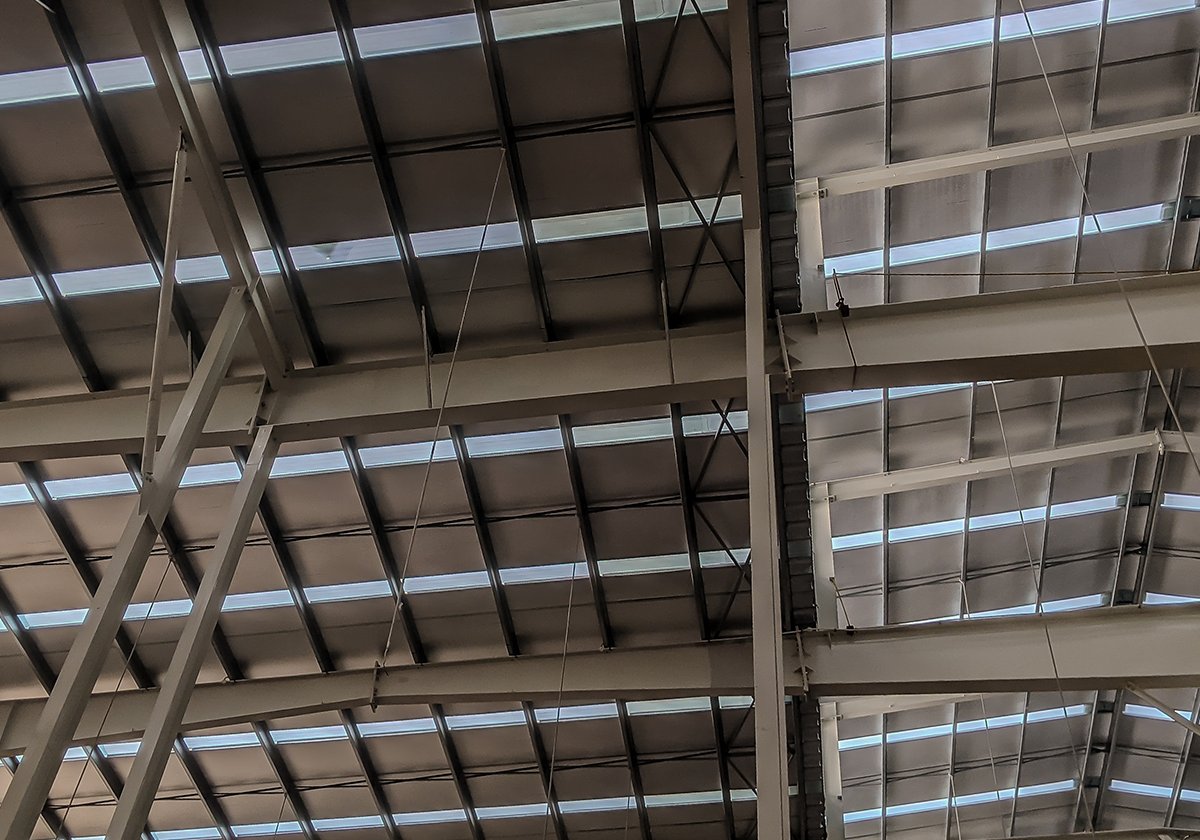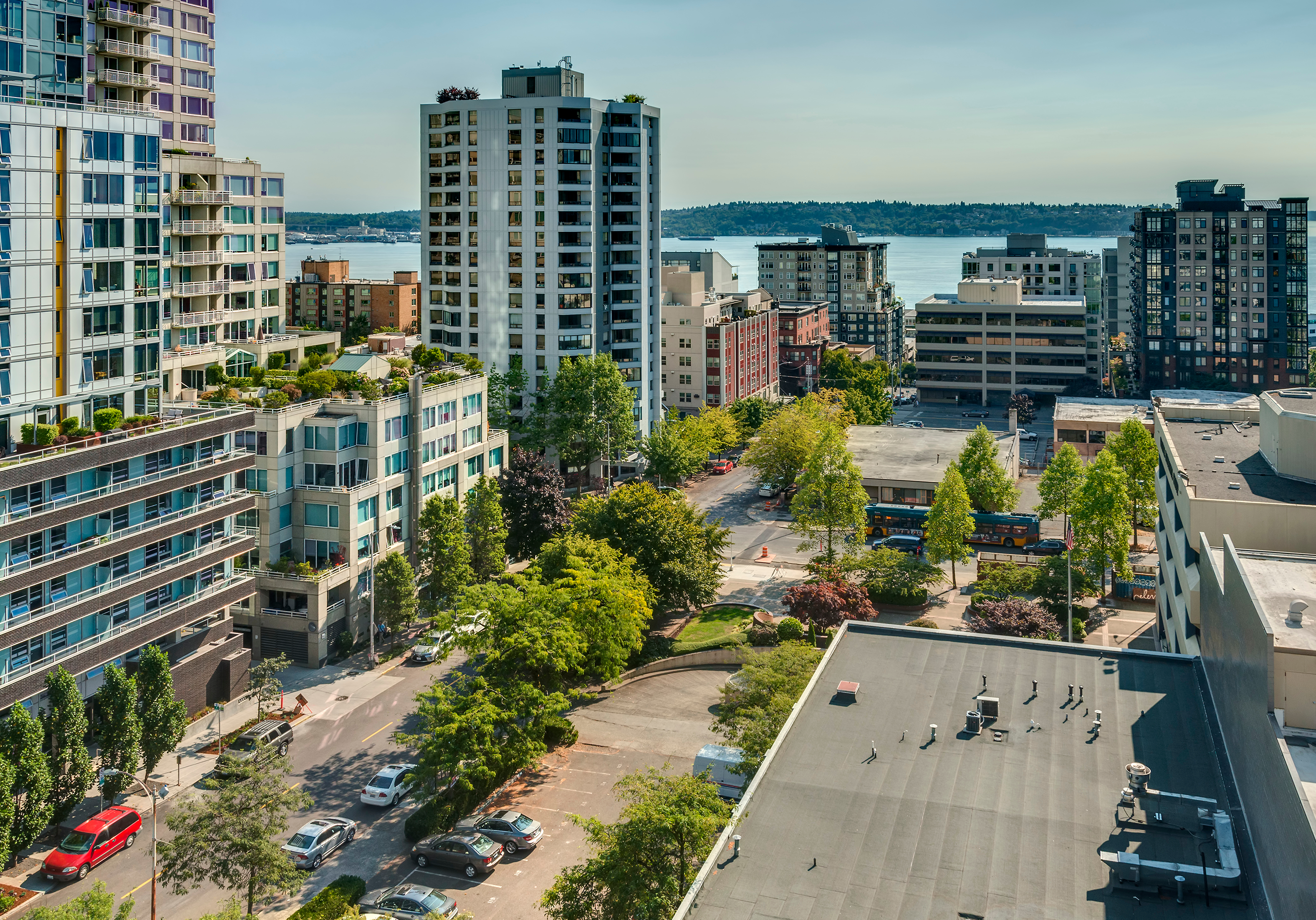The presence of an automatic fire sprinkler system often reduces advisory loss costs by as much as 50%, and in some cases even more. That makes it possible for insurers to offer customers a premium discount. Sometimes, though, a WSRB inspection gives a sprinkler system a lower mechanical grading than the agent or underwriter expected, reducing the amount of the available discount.
There are several reasons a sprinkler system doesn’t earn full grading points; a common one relates to whether the sprinkler system has the right capabilities to protect the building and how it’s used today.
When it comes to adequately protecting property from significant fire damage, one sprinkler system does not fit all. Consider an office building with desks, conference rooms, and break rooms compared to a warehouse with boxes of goods stacked up high. The automatic fire sprinkler system that will effectively protect the office building is different than the system that will work for the warehouse.
Related:
WSRB's Essential Guide to Commercial Property Risk Assessment
Different building uses, different sprinkler system needs
Imagine the warehouse contains a large number of products — that is, a lot of potentially combustible material — and those products are close to the ceiling, where the sprinkler heads are located.
Sprinkler heads activate when the temperature near them gets hot enough. If a fire starts near the bottom of a pile of goods in the warehouse, it will take time for the heat to reach the ceiling and activate the sprinkler head. In the meantime, goods will burn, and the fire will spread. Once the temperature near the ceiling gets hot enough to activate the sprinkler head, the head will need to produce sufficient water to control the fire effectively until the fire department arrives and can put the fire out.
 An example of a building requiring a more robust automatic fire sprinkler
An example of a building requiring a more robust automatic fire sprinkler
system to account for a large number of contents and their height.
Related:
No Sprinkler Left Behind
In the office building, there are few, if any, high stacks of boxes or other items obstructing the sprinkler head. The fire will likely reach the ceiling and activate the sprinkler system relatively quickly, and the sprinkler head doesn’t need to produce as much water as the one in the warehouse to control the fire.
We compare an office building to a warehouse in this blog post because it clearly illustrates the importance of sprinkler system adequacy. But occupancy type isn’t the only factor affecting adequacy. For example, some office buildings also include server rooms, kitchens, and other features that make a more robust automatic fire sprinkler system necessary. Parts of an office building may be used for storage or another use that also creates the need for a more powerful system.
What happens when a building’s use changes
When a sprinkler system is installed at the same time the building is constructed, the system’s design is most likely a good match for the building’s intended use. Over time, though, a building’s usage often changes.
If a manufacturing operation succeeds and grows, it may need to keep more supplies on hand and stack them higher. Or, a new occupant could move in that handles primarily plastic goods, which burn very hot. In either case, the fire sprinkler system may no longer be sufficient to protect the building.
When WSRB commercial property analysts inspect a property, they compare the design of the sprinkler system to the current occupancy conditions. If the automatic fire sprinkler system is no longer able to protect the building, the credit granted for the system may decline or be retracted altogether.
We recommend you order a new commercial property inspection every time tenants change to ensure you have the latest information to make informed coverage decisions.
Inspections are included with your subscription. Order one today by logging in. For specific instructions on how to order a commercial property inspection, see our Help Center article.












